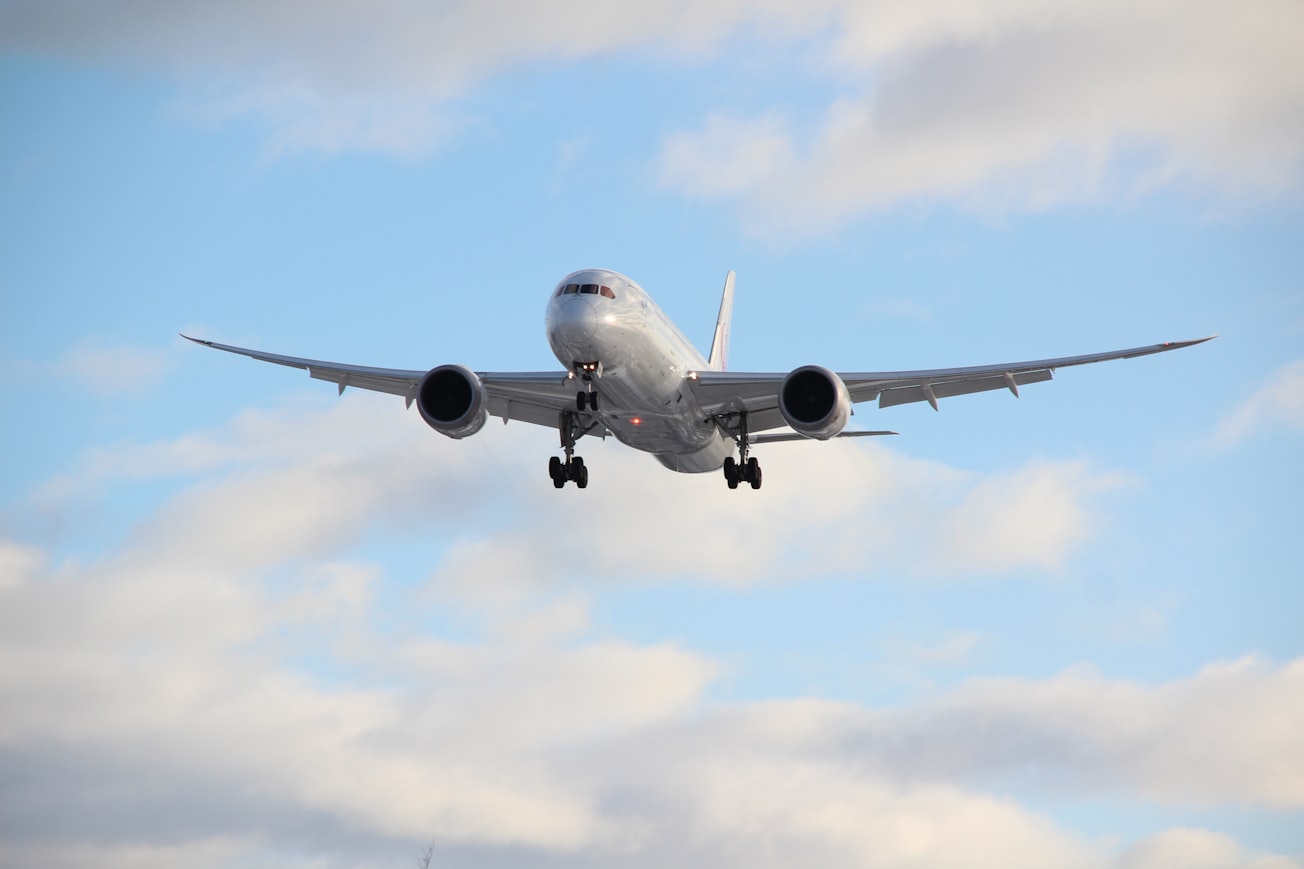What is it about?
The renowned Dujiangyan irrigation system engineered by Li Bing in 256 BC in China has been continuously operated until today. In his design he employed a paradigm: when encountering a flow, make the structure porous. Ludwig Prandtl, in his book, Essentials of Fluid Dynamics, also briefly mentioned a slotted wing. He noted that “With this kind of wing, the flow is made to remain attached for much larger angles of incidence than is otherwise possible, and the lift is therefore considerably increased but of course at the expense of a great increase in the resistance”. With the modern tools of numerical and experimental techniques, the combined effect of an internal slot and transverse leading-edge tubercles on an airfoil’s performance is studied in this paper. The internal slot allows flow ventilation from the pressure face to the suction face of the airfoil, effectively delaying flow separation and stall and the lift is considerably increased of course. Surprisingly, the associated resistance also decreases.
Featured Image

Photo by Artturi Jalli on Unsplash
Why is it important?
The experimental results correlated well with numerical study and showed that the lift and drag coefficients of airfoils with leading-edge tubercles are significantly improved for angles of attack exceeding 10° with the inclusion of an internal slot. For example, at a higher angle-of-attack range (20° < α < 30°), the slot leads to a 28% increase in maximum lift coefficient, and an 8% average reduction in the drag coefficient in this range, which corresponds to a significant 38% increase in average lift-to-drag ratio in this range with respect to the unslotted airfoil.
Perspectives
We hope our paper will renew people's interest in slotted wings, and since better performing airfoil is of importance in many engineering fields, we hope it could reach more readers. In addition, we hope to improve structural sustainability in engineering devices. As stated in The way, chapter 45, by Lao Tze, 600-500 BC, says, "Object making perfect with part missing, yet its use is sustained."
Tsung-chow Su
Florida Atlantic University
Read the Original
This page is a summary of: Performance Characteristics of Airfoils with Leading-Edge Tubercles and an Internal Slot, AIAA Journal, April 2019, American Institute of Aeronautics and Astronautics (AIAA),
DOI: 10.2514/1.j058145.
You can read the full text:
Contributors
The following have contributed to this page







